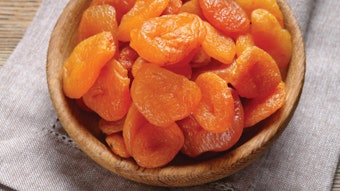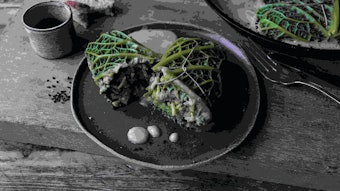Over the past few decades the use of microwave ovens has increased dramatically. It has been indicated that as many as 90% of U.S. homes presently own at least one microwave oven. This explosion has resulted in a greater demand for new food products that can be microwave processed.
However, foods prepared by using a microwave oven usually generate less desirable flavors and browning than a conventional oven. In comparing heating methods used to bake a basic white cake, Whorton and Reineccius found that microwave-processed cakes had lower levels of isopentanal and furfural than cakes baked conventionally. MacLeod and Coppock reported that when the volatiles from boiled beef were compared on the basis of doneness, the microwaved beef contained only one third of the amount of volatiles in the conventionally processed beef. The short cooking time and low temperatures common to microwave processing usually do not promote the Maillard reaction, which is responsible for the production of many flavor compounds.
One of the factors being considered in the development of new microwaveable food products is the use of flavor compounds and browning agents. A possible vehicle for flavor/browning agent is propylene glycol. Preliminary work has shown good browning to occur using various amino acids, such as proline, with xylose in a propylene glycol medium.










